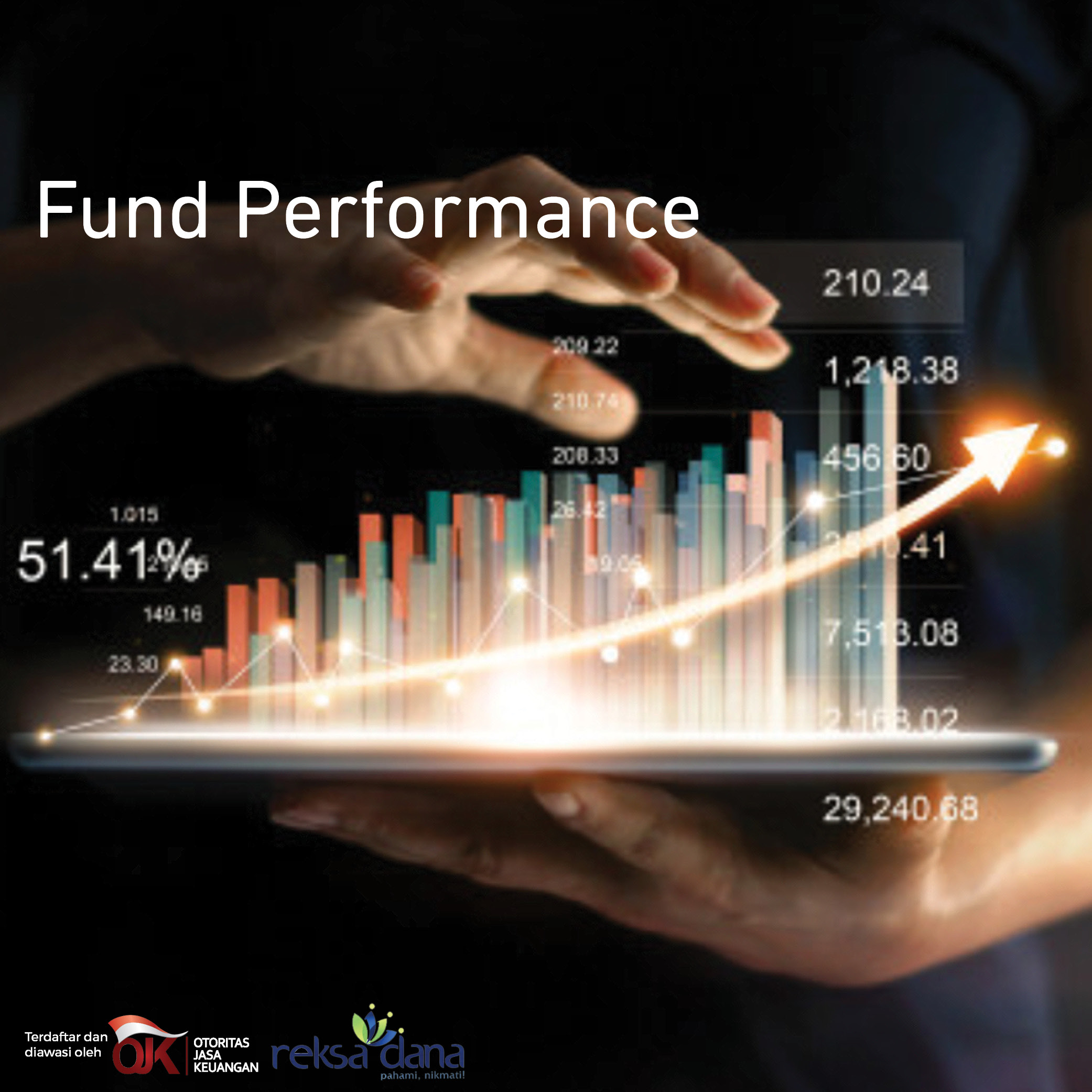Higher exports growth driven by ore and coal
Better than our and market estimates, Indonesia’s exports grew 3.62% MoM (18.4% YoY) to USD15.1 bn in October (see the table on the left). Oil and gas sector exports increased by 33.8% YoY due to higher oil price. Non oil and gas sector also grew by 17.0% YoY where coal and ore became the main driver of growth. We see that the faster pace of exports growth was more determined by price, especially in commodities, rather than its volume. According to BPS, the aggregate price of export products increased by 11.76% YoY while the volume only increased by 4.81% YoY. In term of countries, non oil and gas export to China jumped by 39.5% to USD2.3 bn (17.1% share) even though the country’s industrial production growth declined to 6.2% YoY in October from 6.6% in September. In sum, Indonesia’s exports from January to October 2017 were USD138.5 bn or increased by 17.49% from the same period in 2016
Higher seasonal import pull trade surplus into lower territory
Beyond our and market expectation, imports grew 11.04% MoM (23.33% YoY) to USD14.19 bn in October. We cannot directly connect higher imports to awakening domestic demand as it may be driven by seasonal factor ahead of end of year period. In fact, higher imports was mainly pushed by consumption of goods which grew 13.48% YoY and raw/intermediary goods which grew 16.32% YoY which are a strong indication of inventory preparation by some companies for high season in year-end. Furthermore, we also see that the significant increase of imports was due to higher oil price. October Brent oil averaged at USD 57.5 / barrel or 11.9% YoY higher. Higher imports dragged down October trade surplus to USD 895 mn. However, YTD imports were still 54.03% higher than the same period in 2016.
3Q17 CAD eases to 1.96% of GDP
Central bank reported that CAD in 3Q17 eased to USD4.3 bn or 1.65% of GDP. Better global demand pushed Indonesia’s goods trade surplus higher to USD5.3 bn in 3Q17. Moreover, soften CAD was also affected by ease on primary income deficit which is usually lower in 3Q17 than 2Q17. However, service deficit slightly increased in 3Q17 to USD 2.2 bn. Surplus in travels sector cannot compensate deficit in transportation sector as foreign freight service still dominates exports and imports activities in Indonesia. In 4Q17, we see that CAD will ease due to seasonal factor, especially in primary income sector.
FA surplus significantly increase on the back of direct investment
Financial account (FA) recorded significant increase in surplus in 3Q17 to USD 10.4 bn which was driven by direct investment. Increasing direct investment surplus was in line with investment growth in 3Q17 which reached 7.11% YoY or the highest since Jokowi took the presidential office. Exhibit 5 showed the correlation of BKPM’s FDI realization data and investment growth in Indonesia. Higher FA surplus was also driven by less deficit on other investment sector as outflows of domestic private deposit placement abroad eased. However, we are concerned about the decrease of surplus in portfolio investment, as it may continue the downtrend in 4Q17 due to uncertainty of US tax reform.
Expect CAD at 1.5% of GDP and BoP remains in surplus territory for 4Q17
Going forward, we see that BoP will remain in surplus for 4Q17 on the back of higher direct investment and easing CAD. We expect CAD will be better at 1.5% of GDP in full year 2017 as we see that 4Q17 CAD will ease at around 1.1% of GDP. For next year, we see that CAD may widen to 1.9% weaker export growth. Indonesia’s main export destination, China, is expected to have more moderate growth in 2018 which make the export outlook is not as good as 2017. We also expect the possibility of higher pressure for financial account in 4Q17 due to tax reform progress in US which already affected Indonesia’s bonds market and currency quite significant in September – November.
















